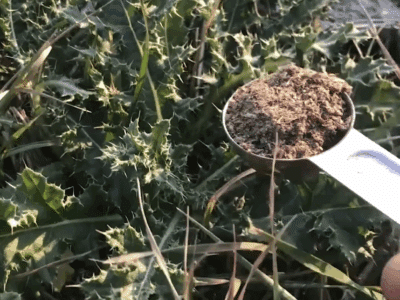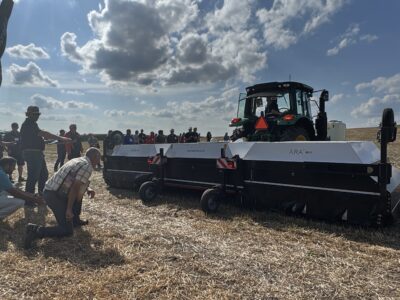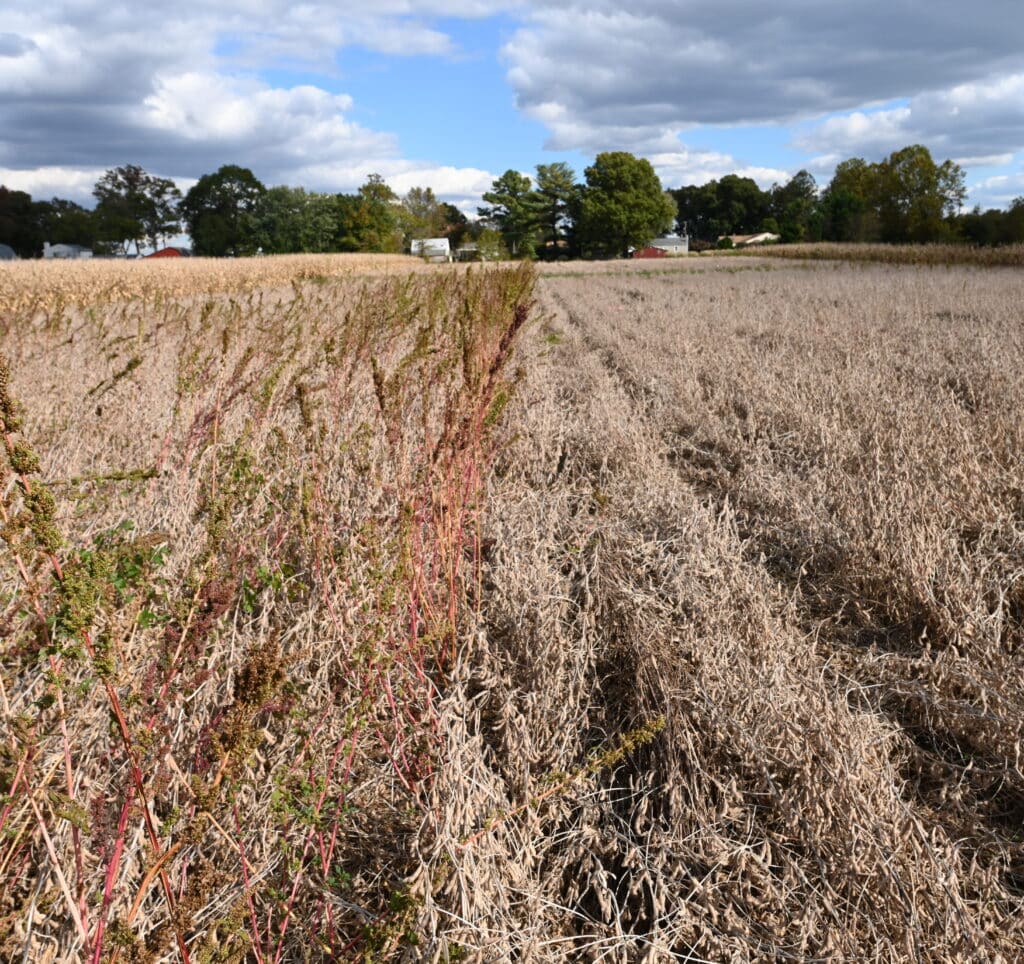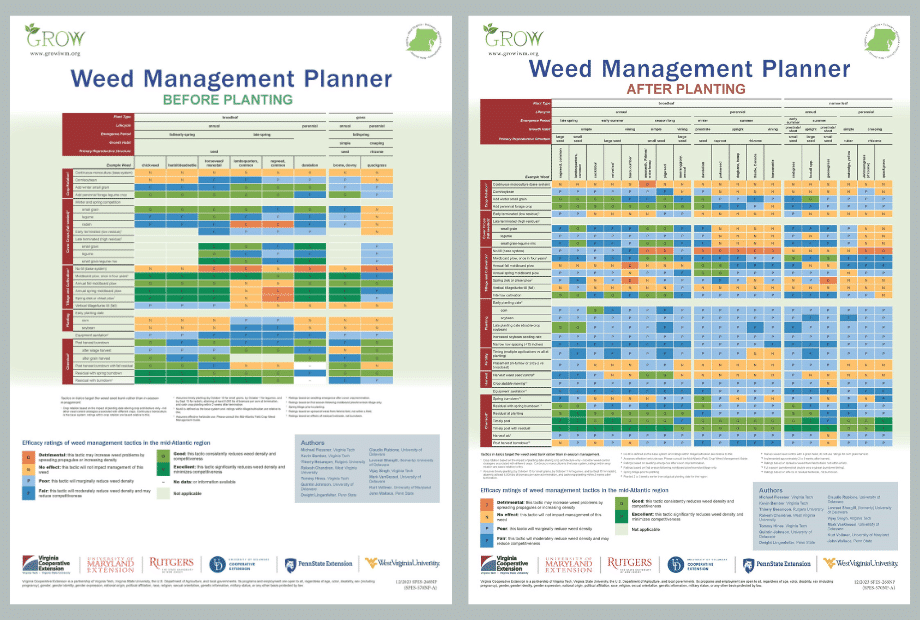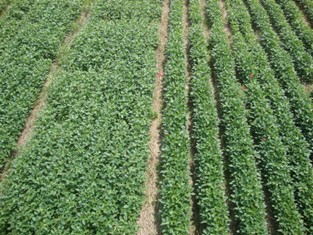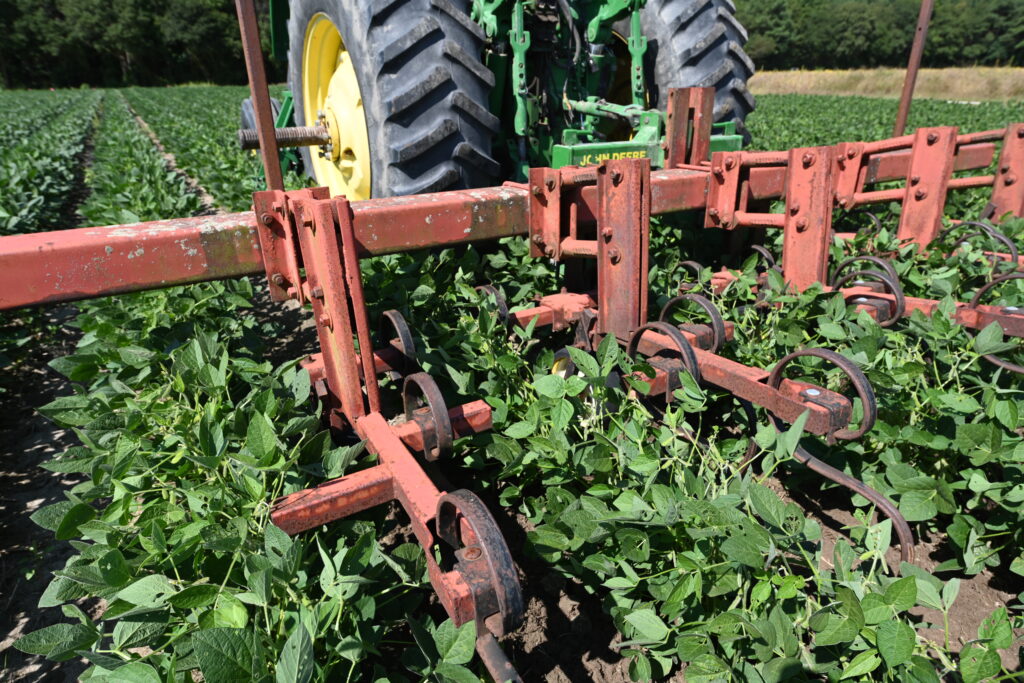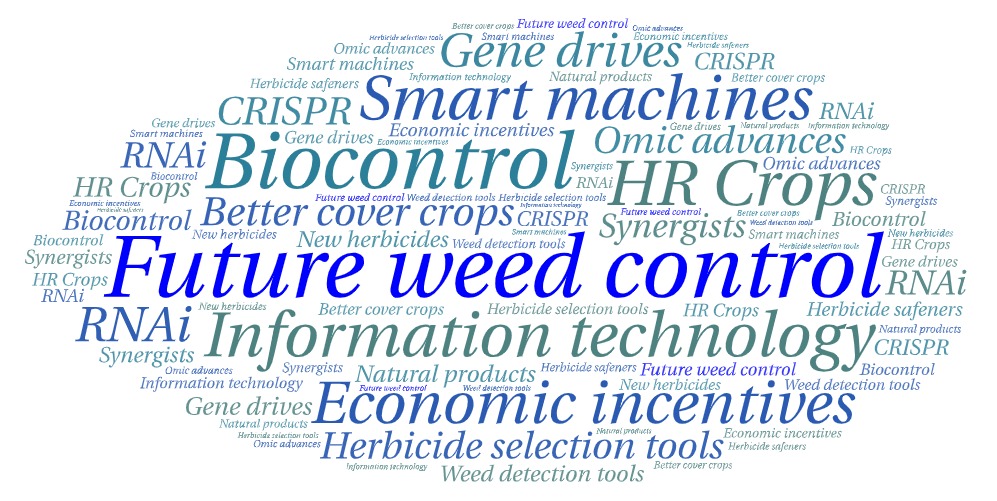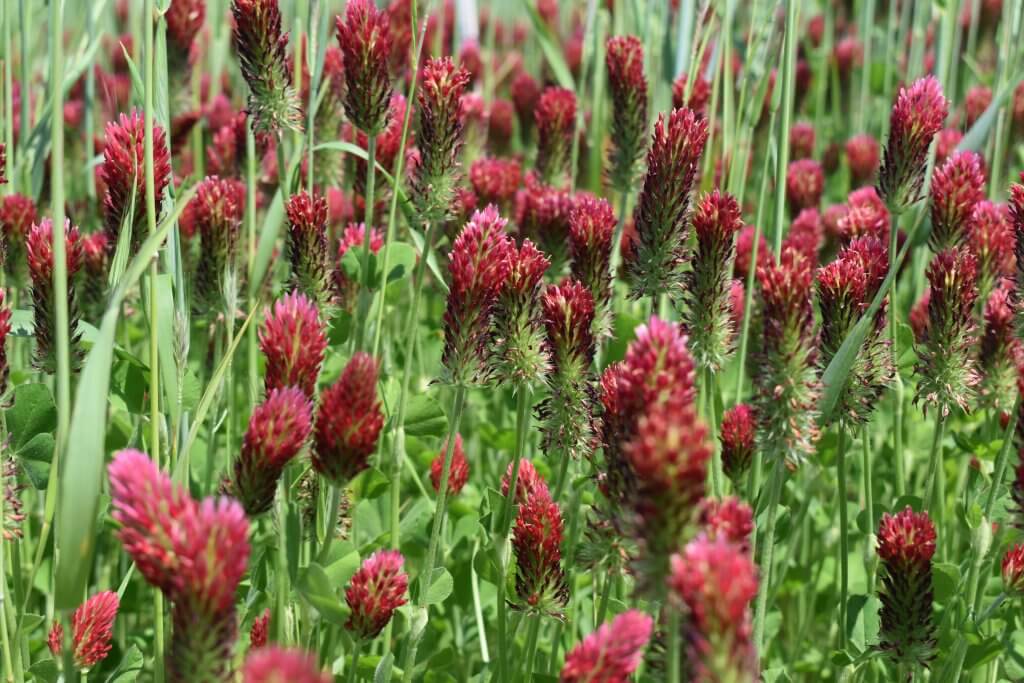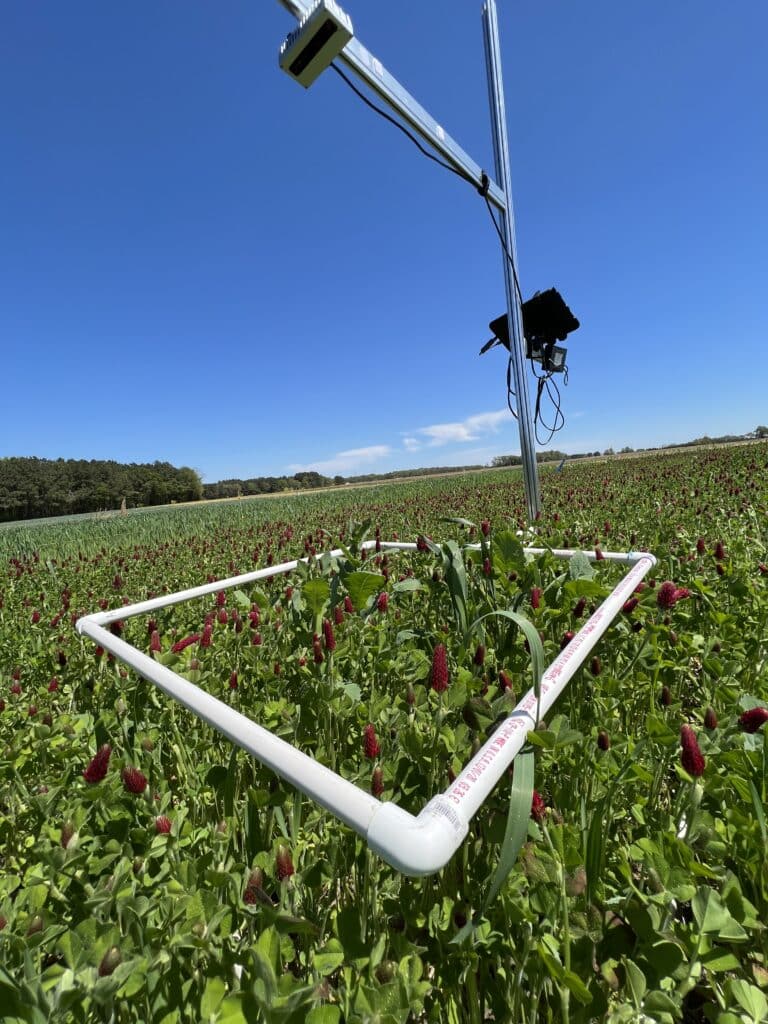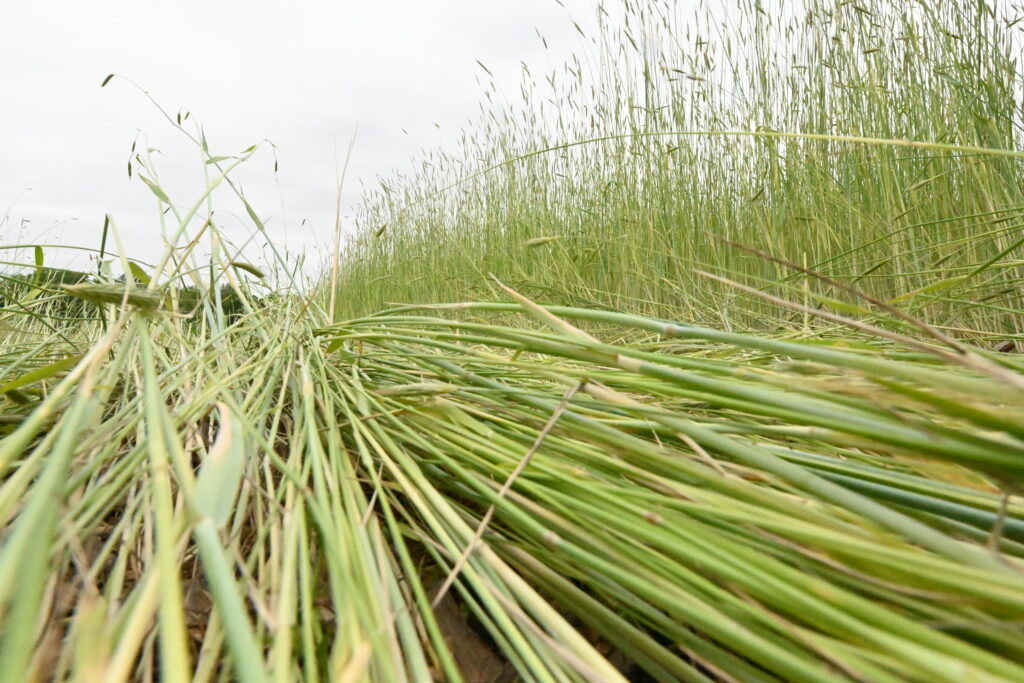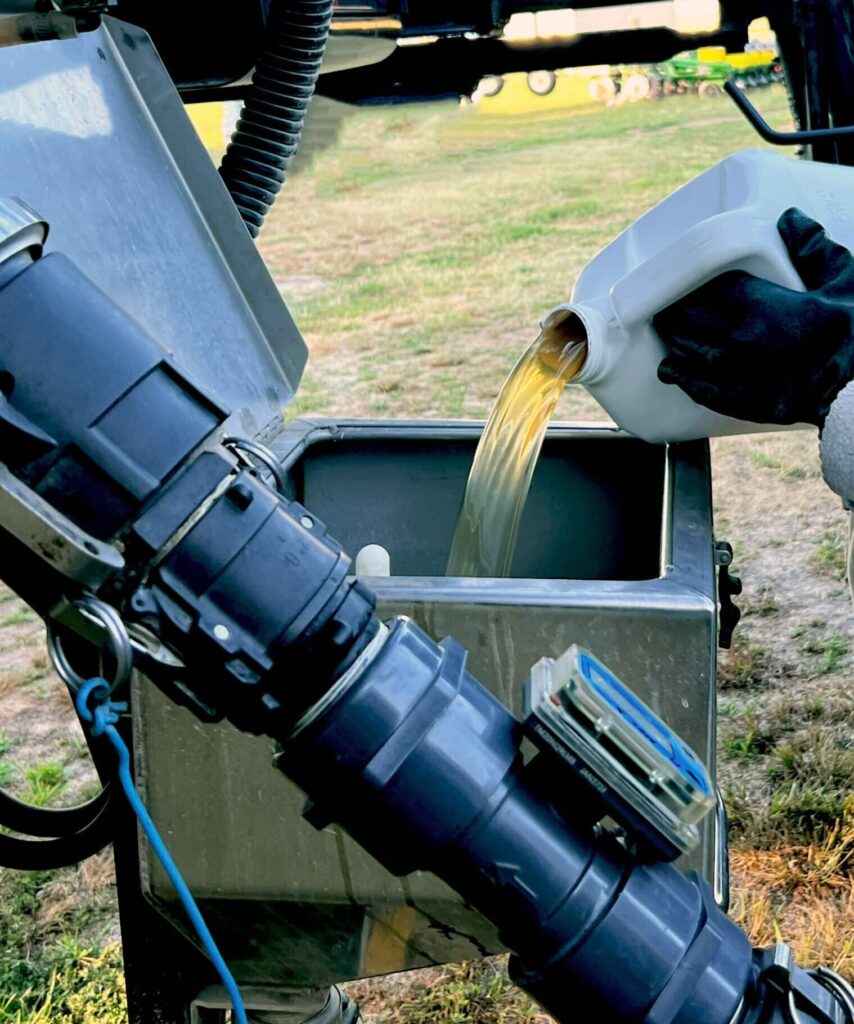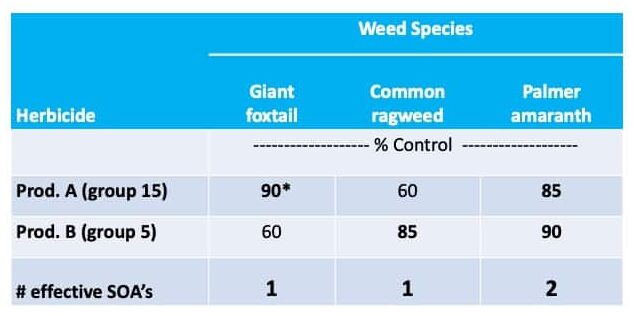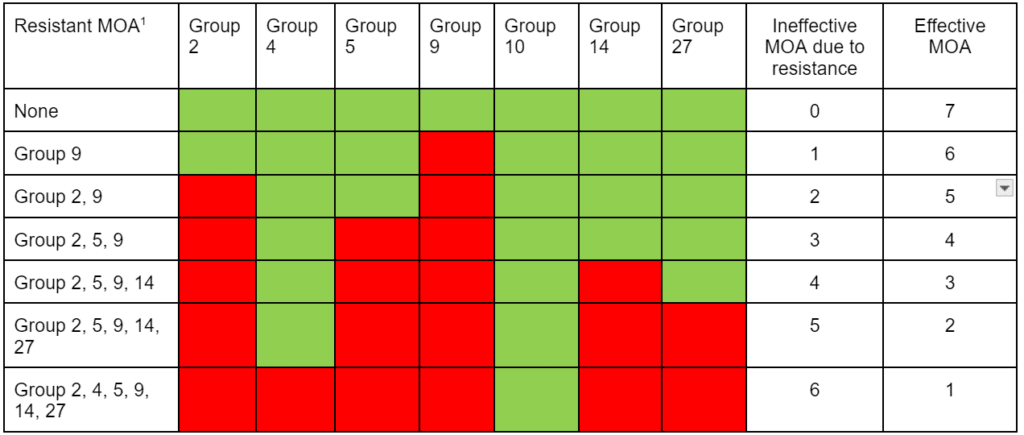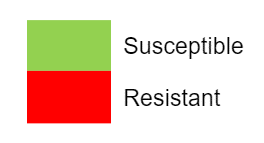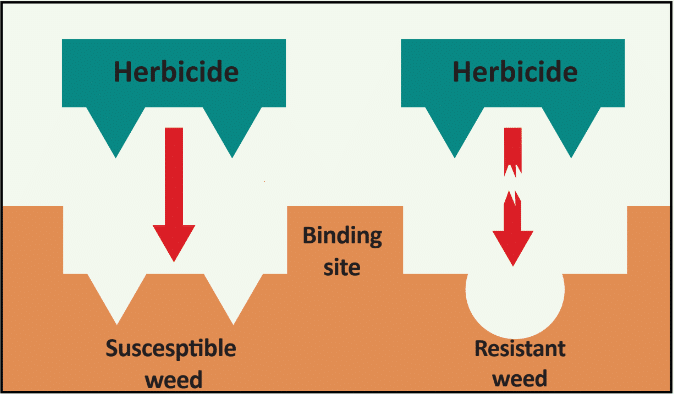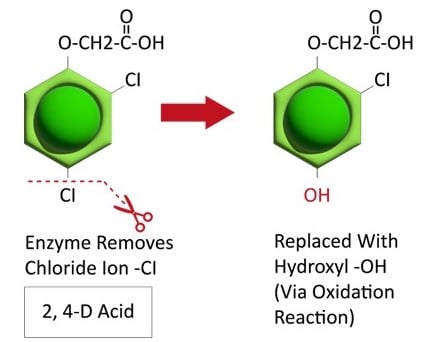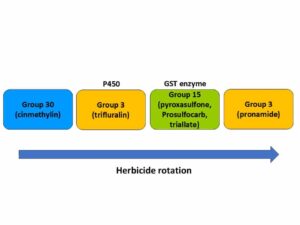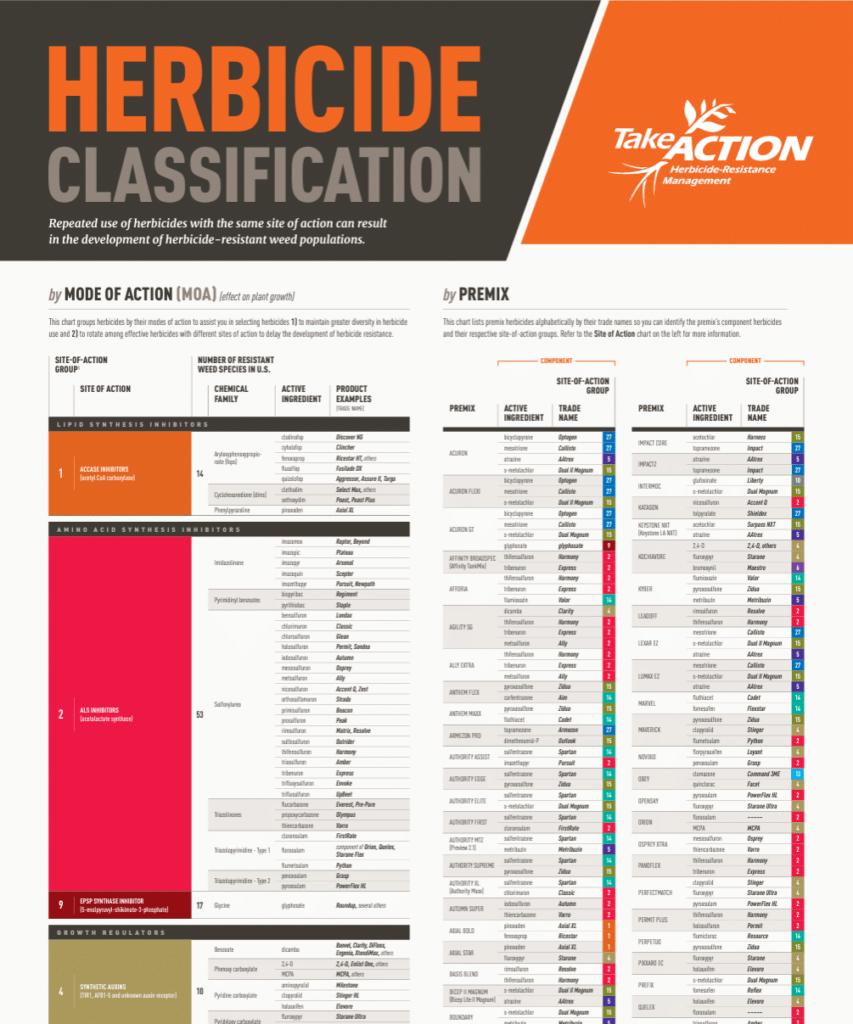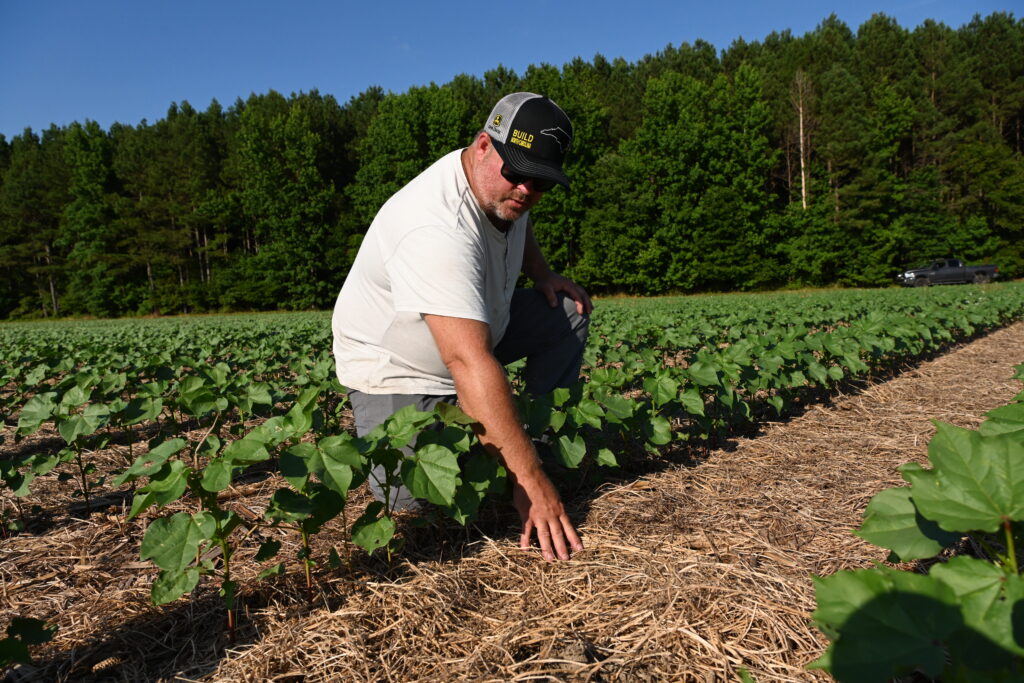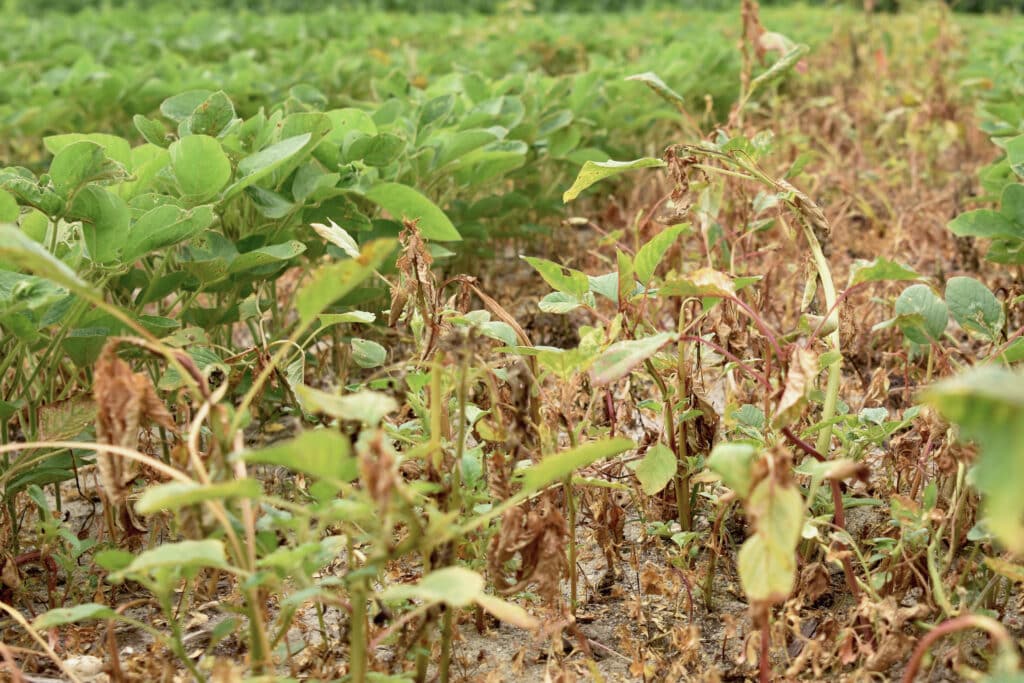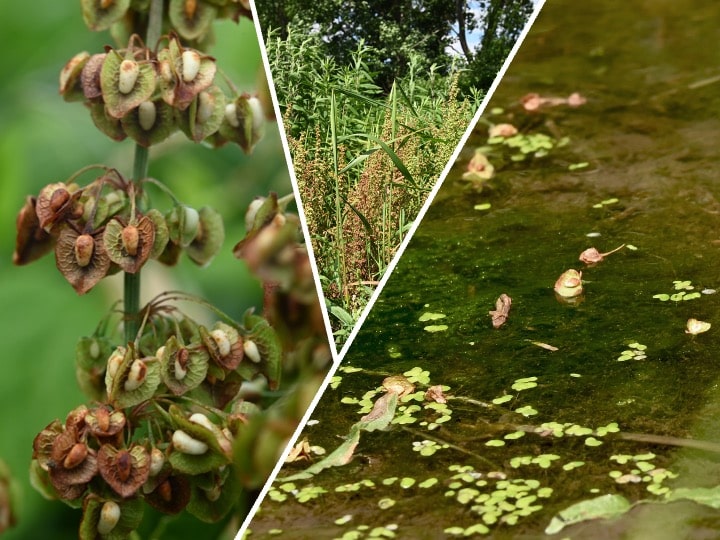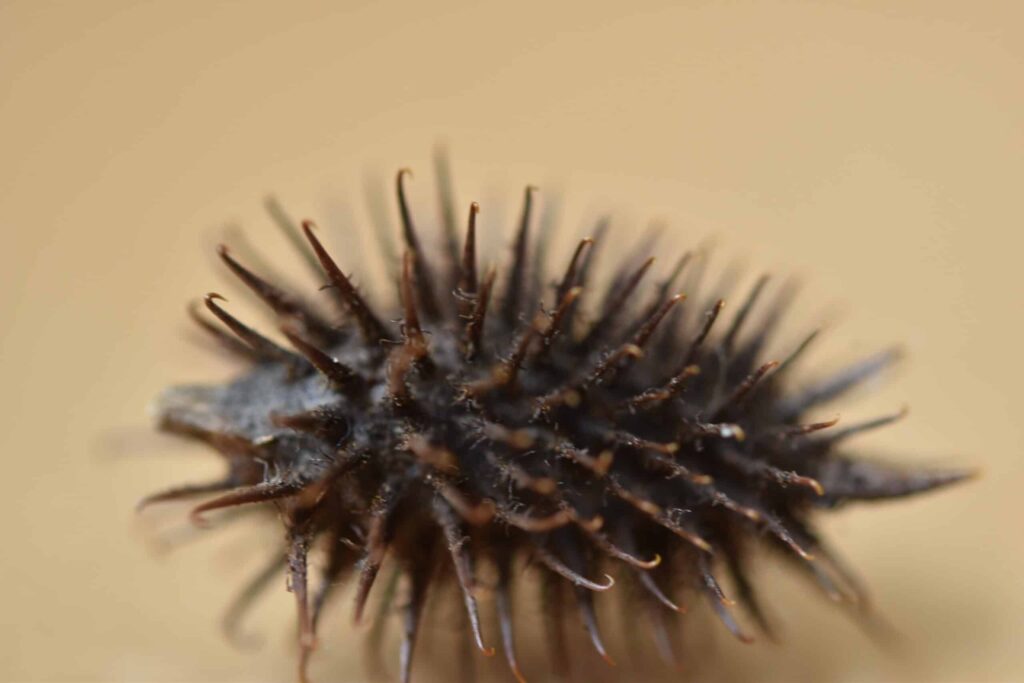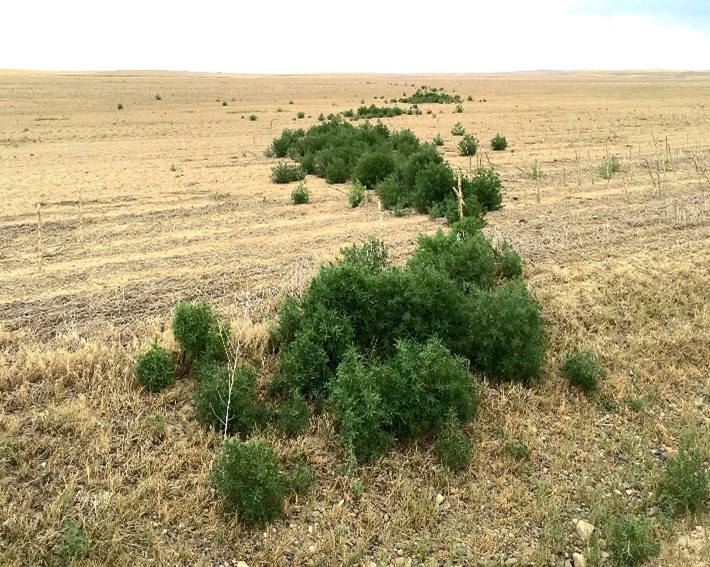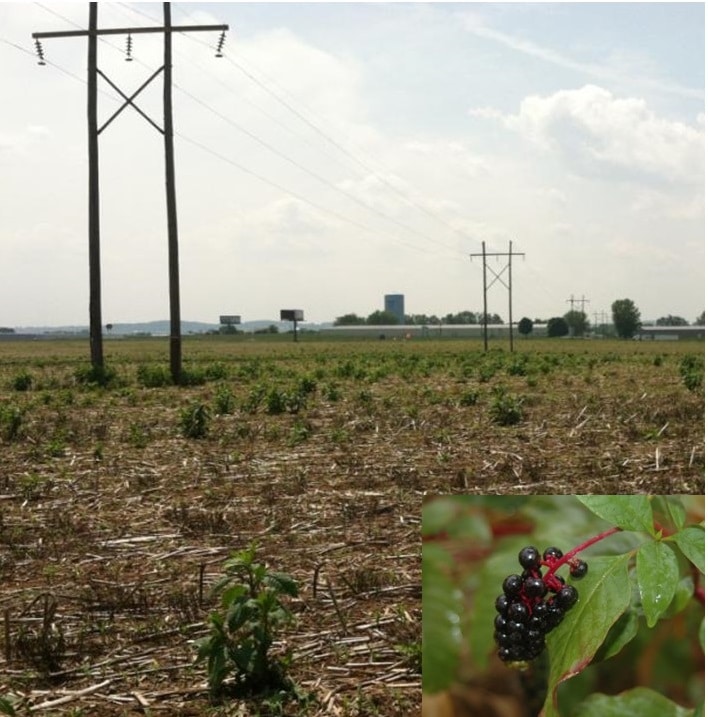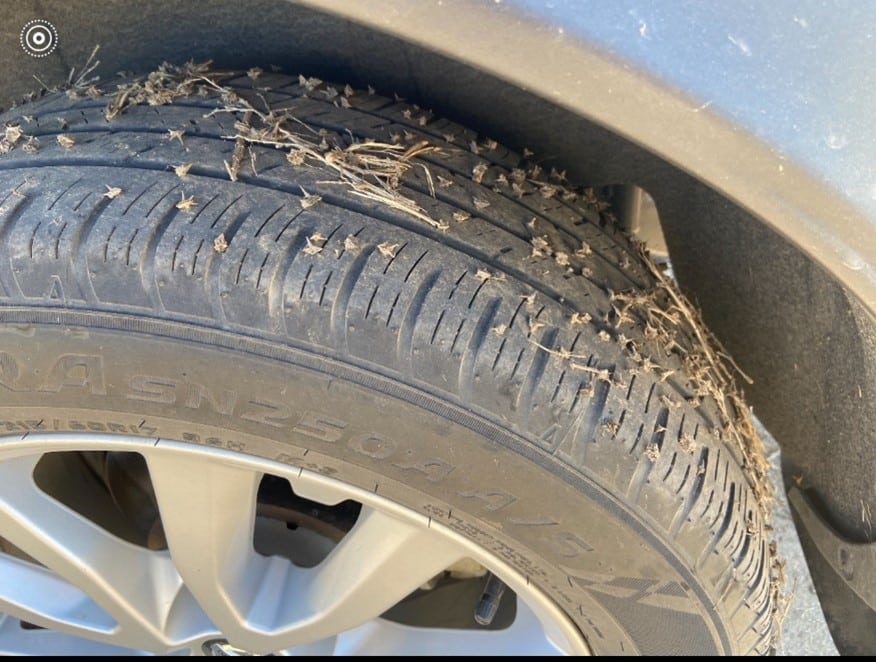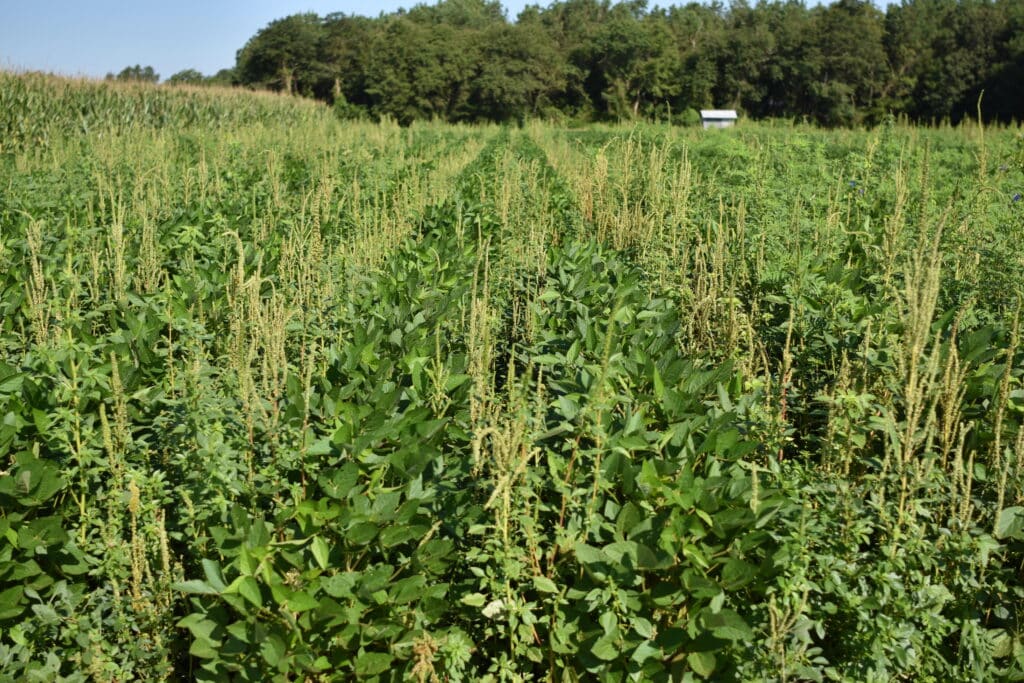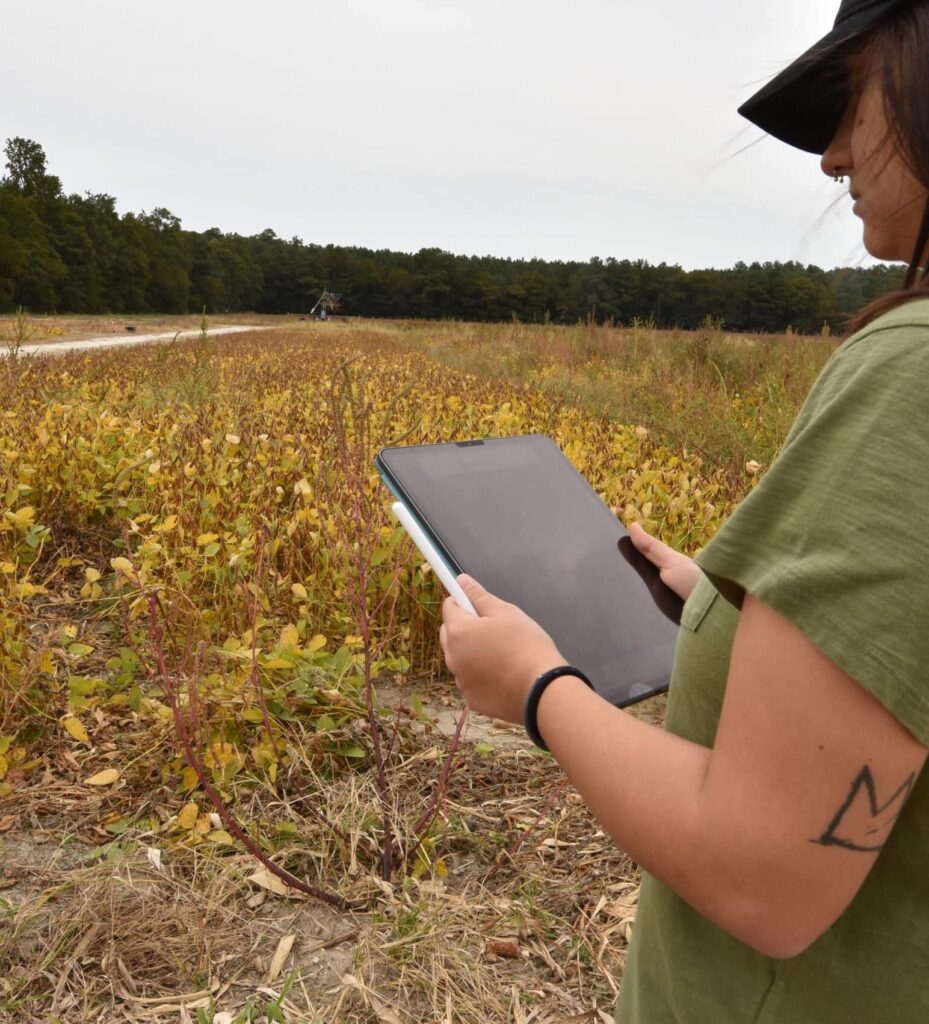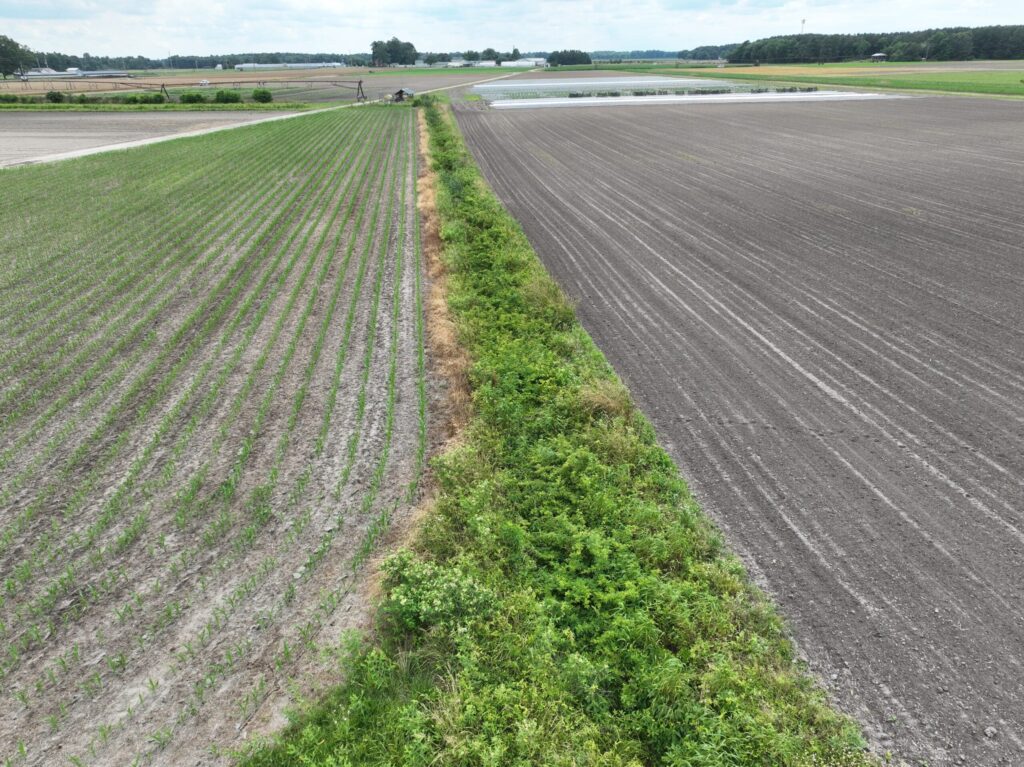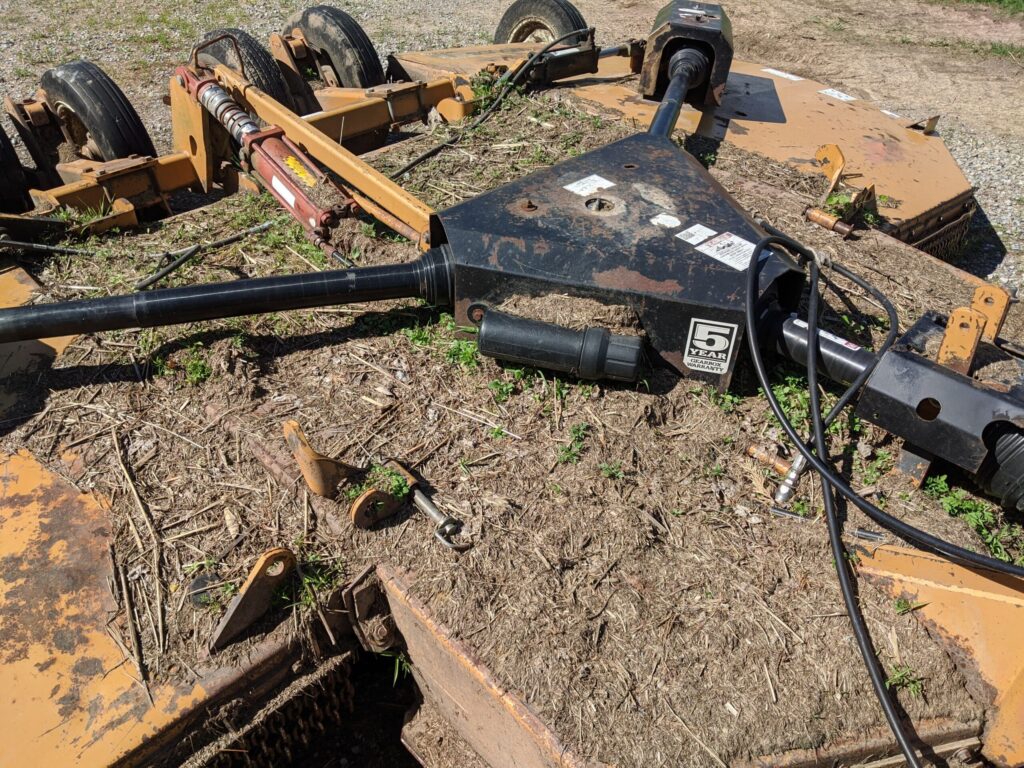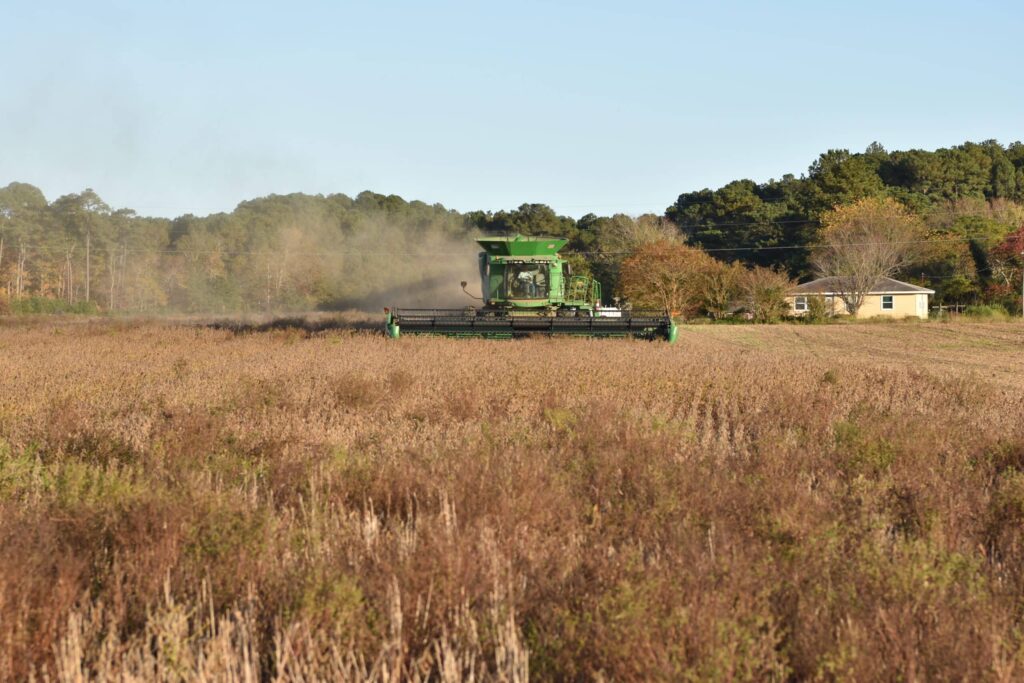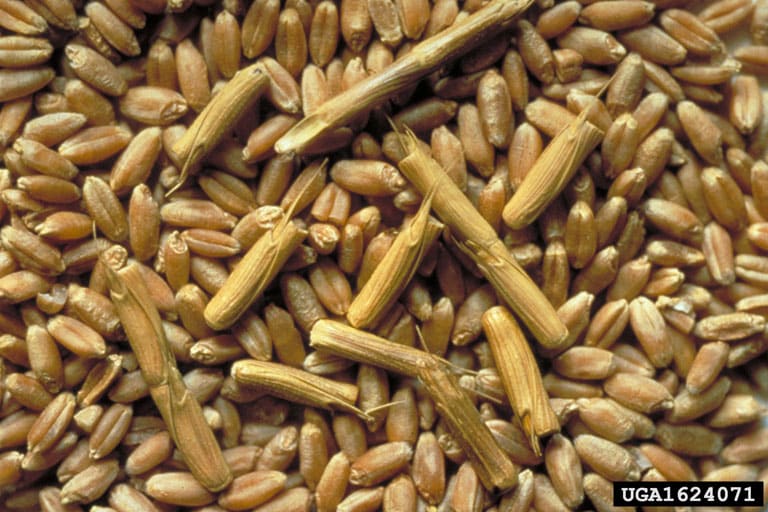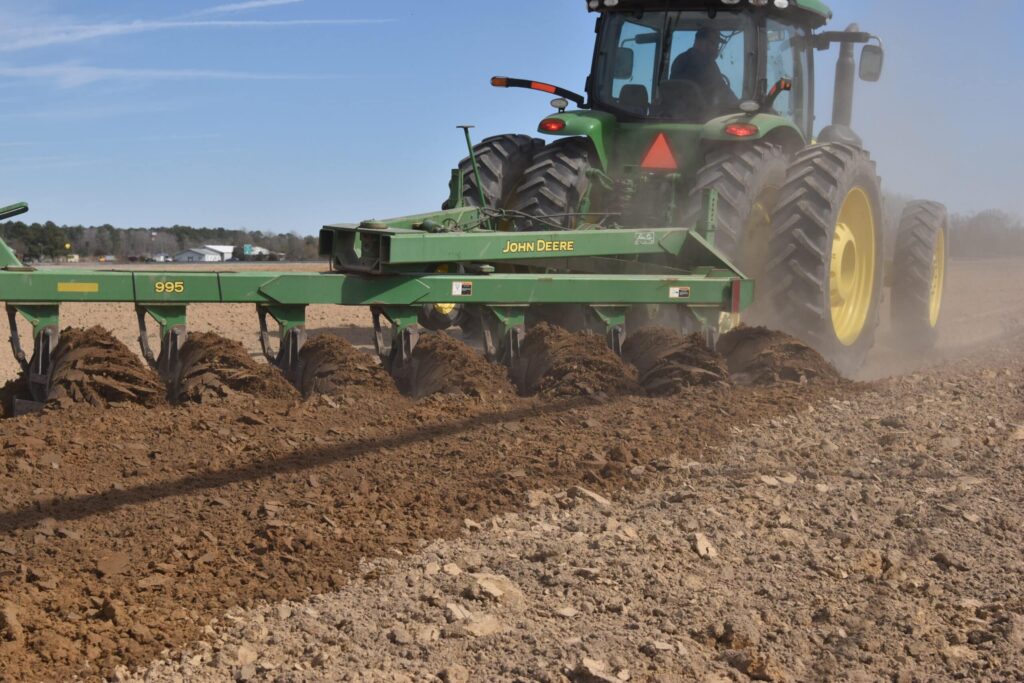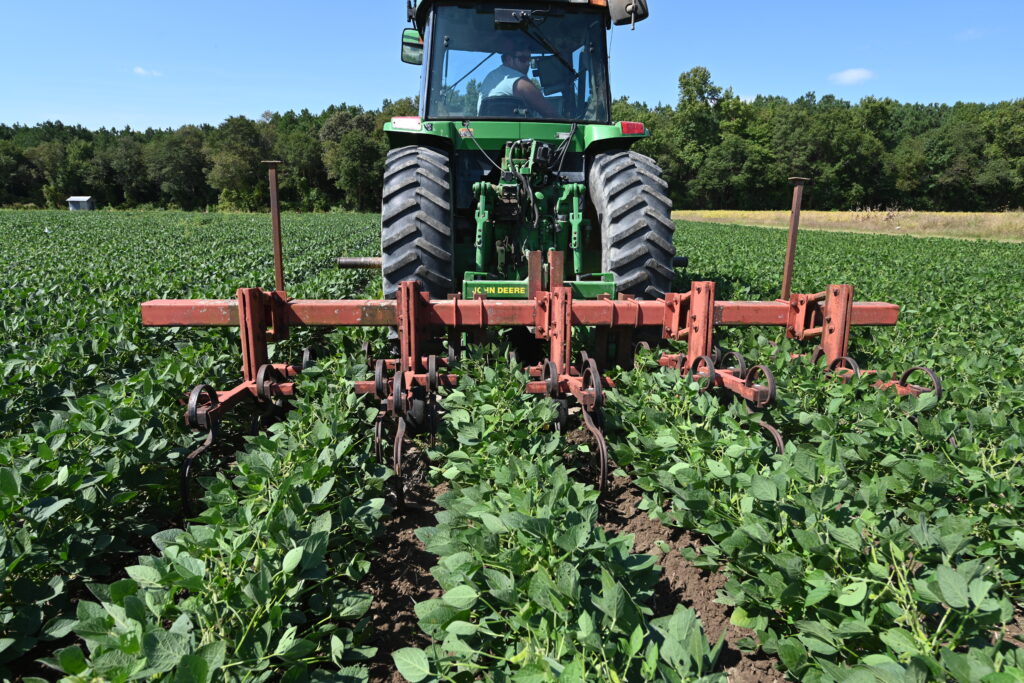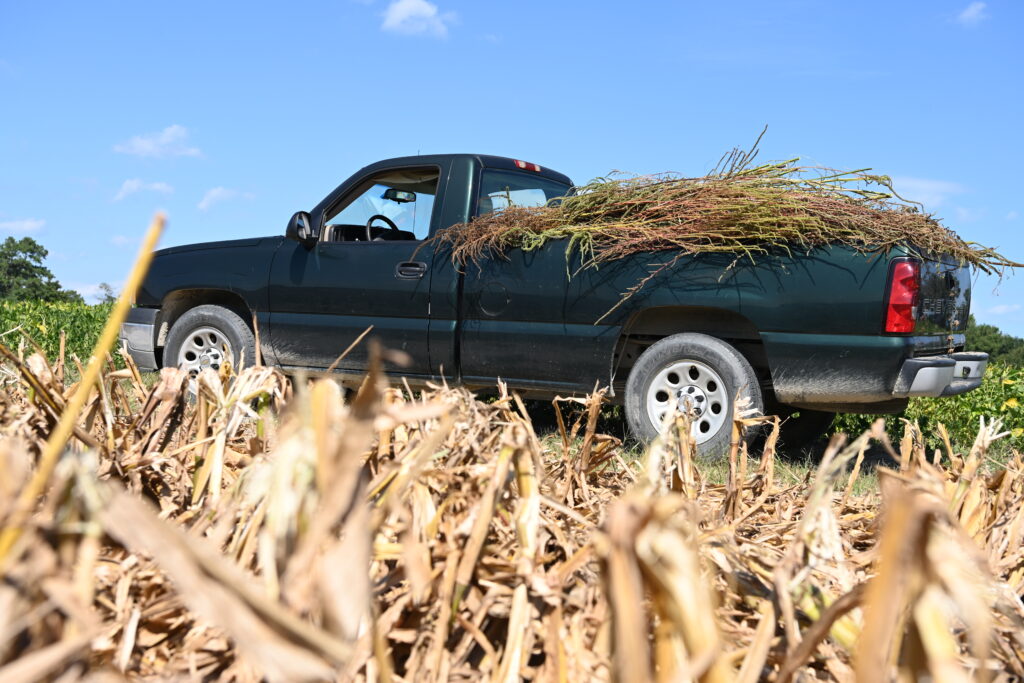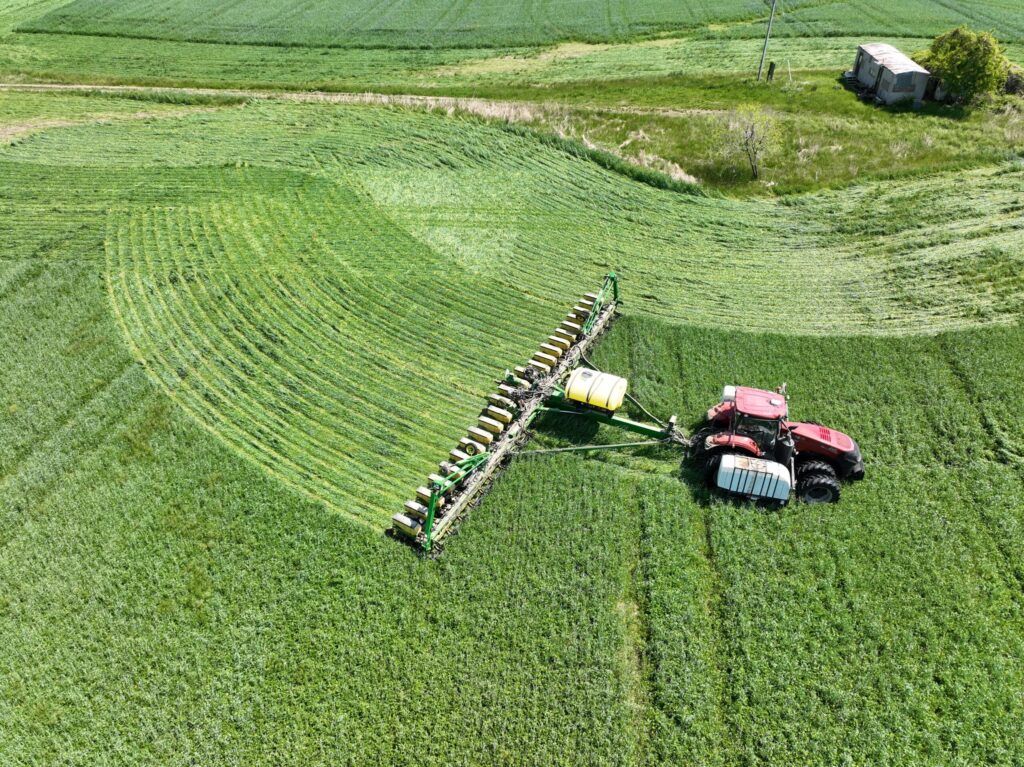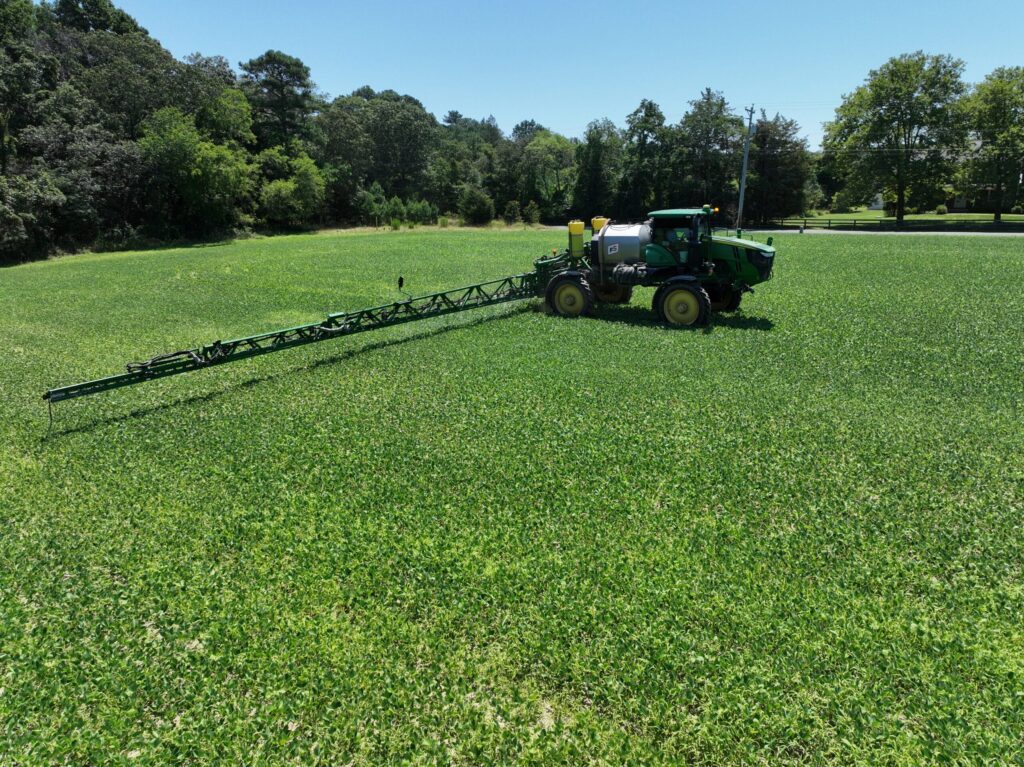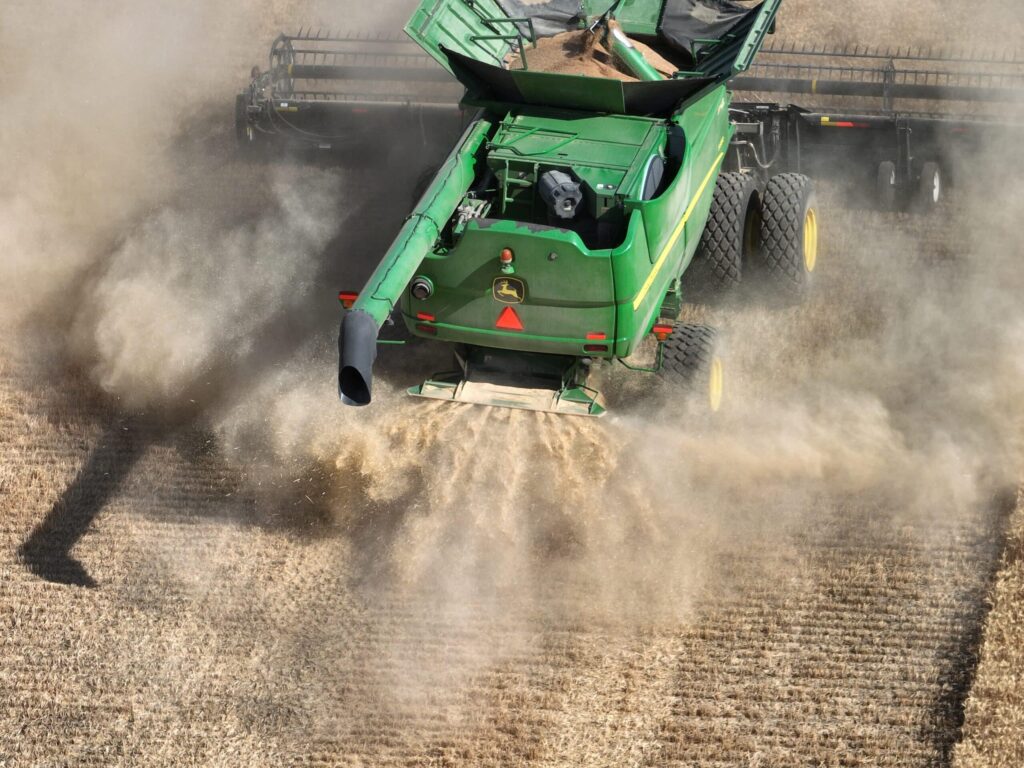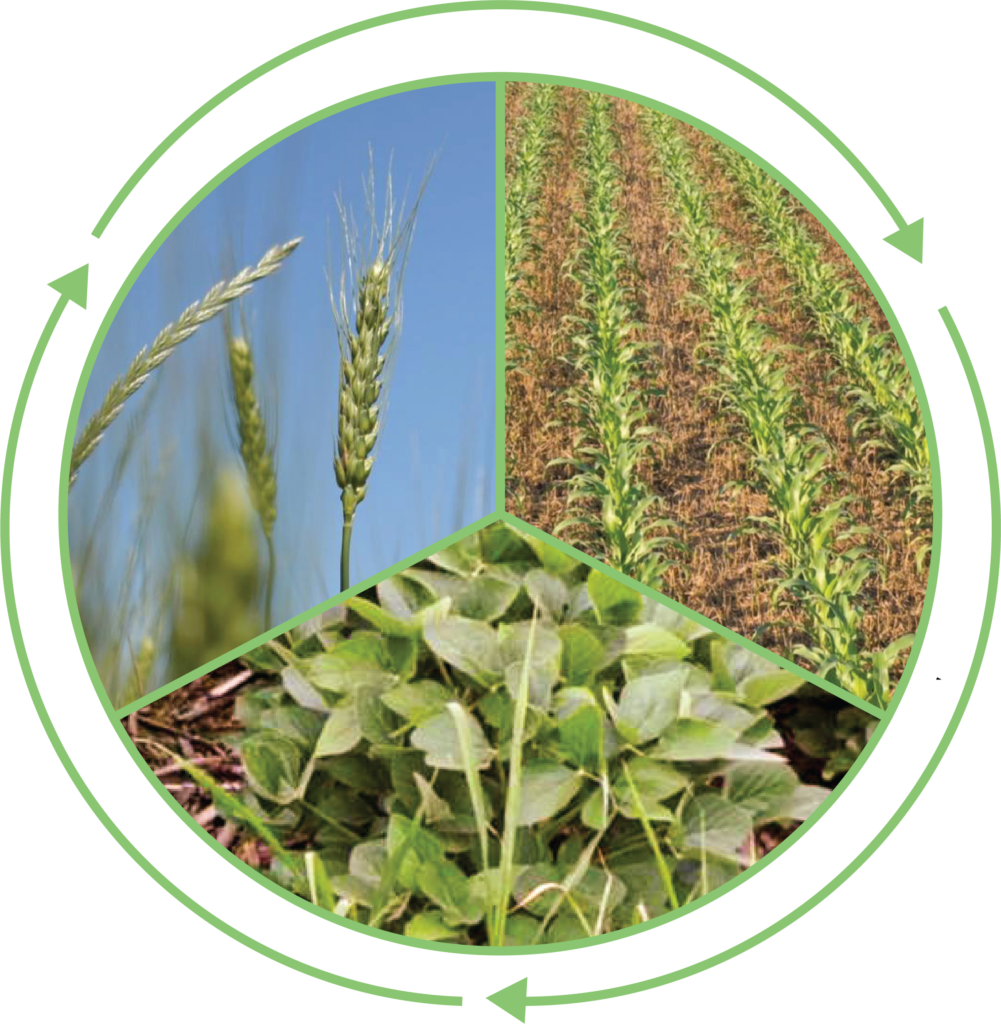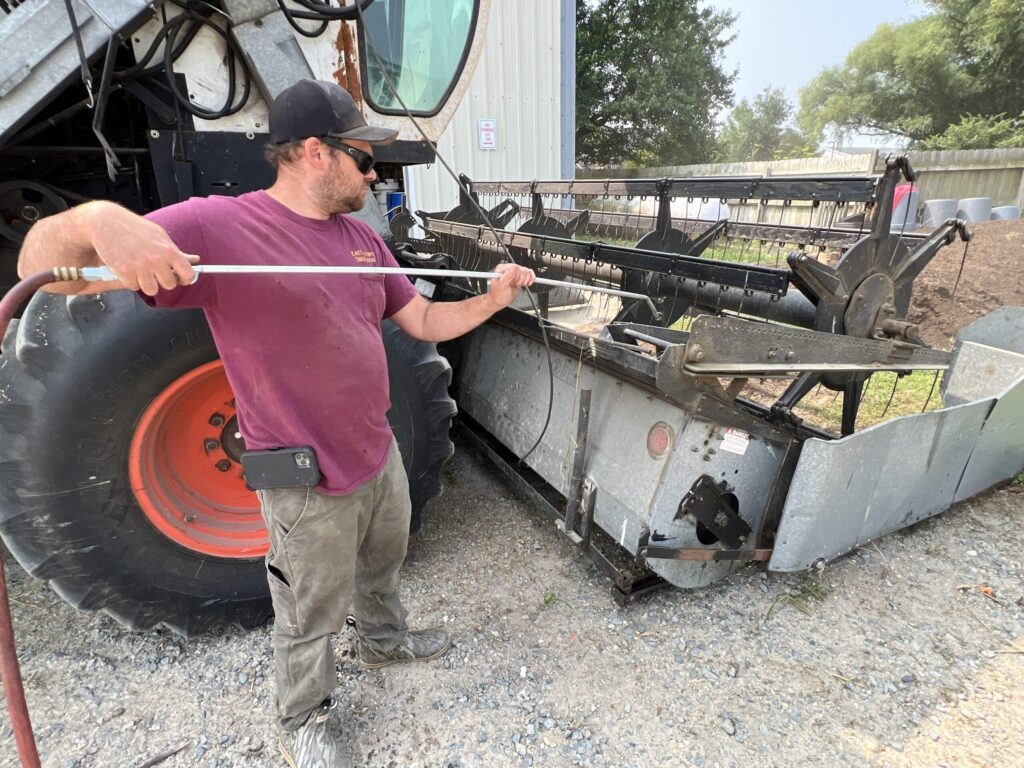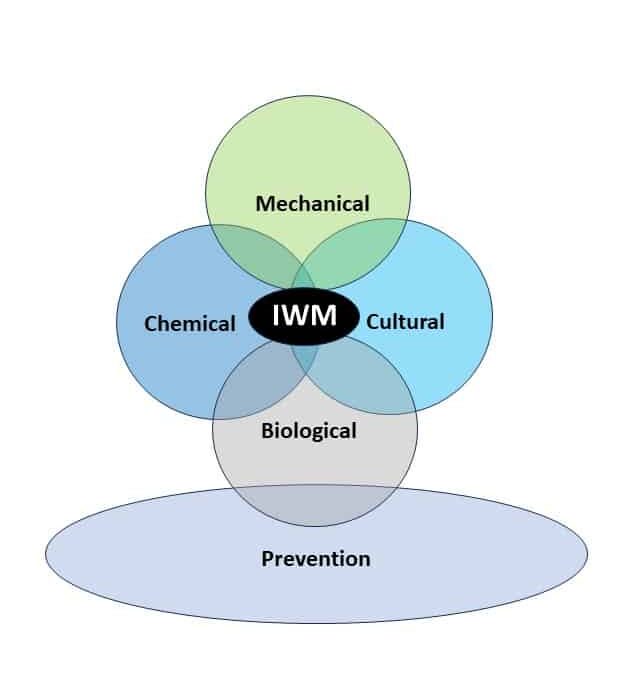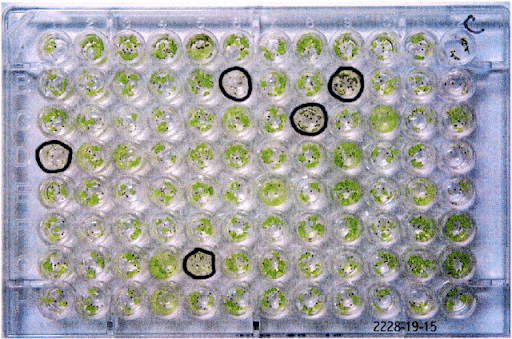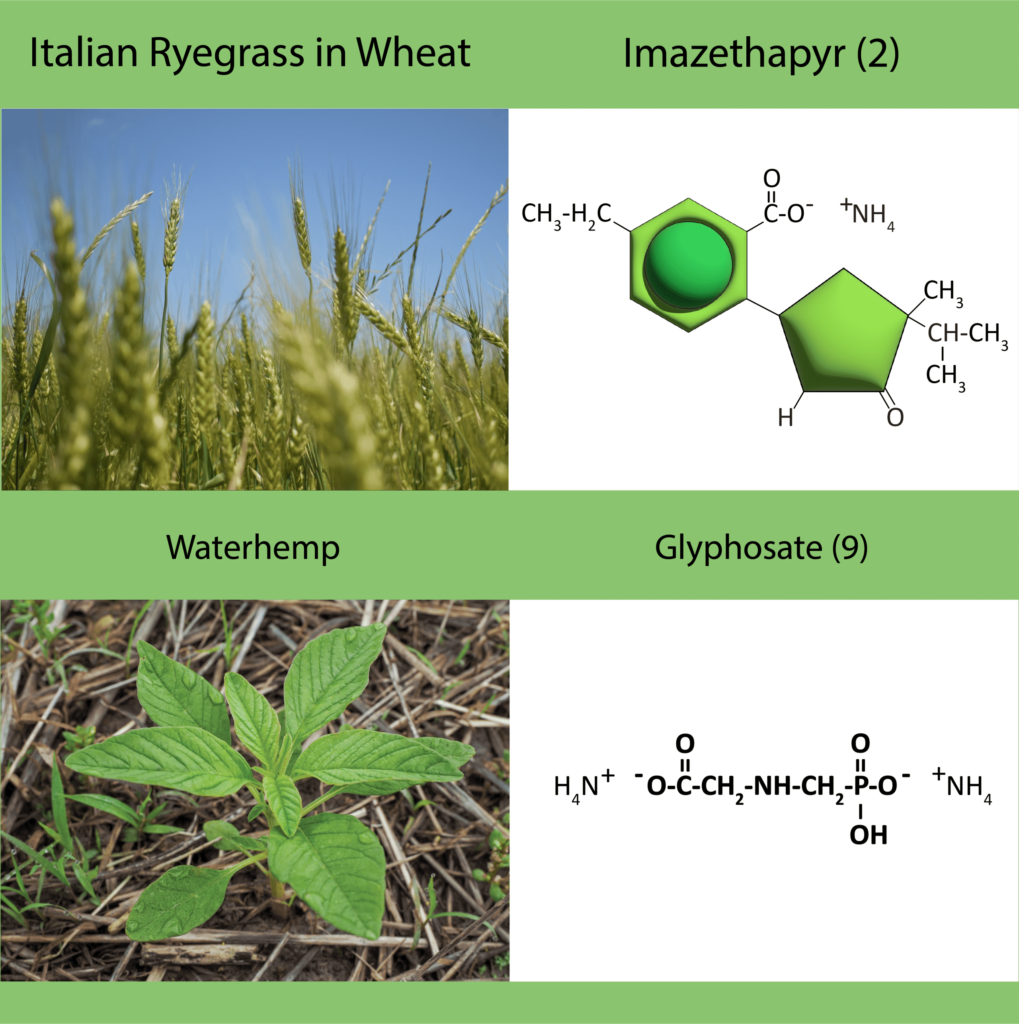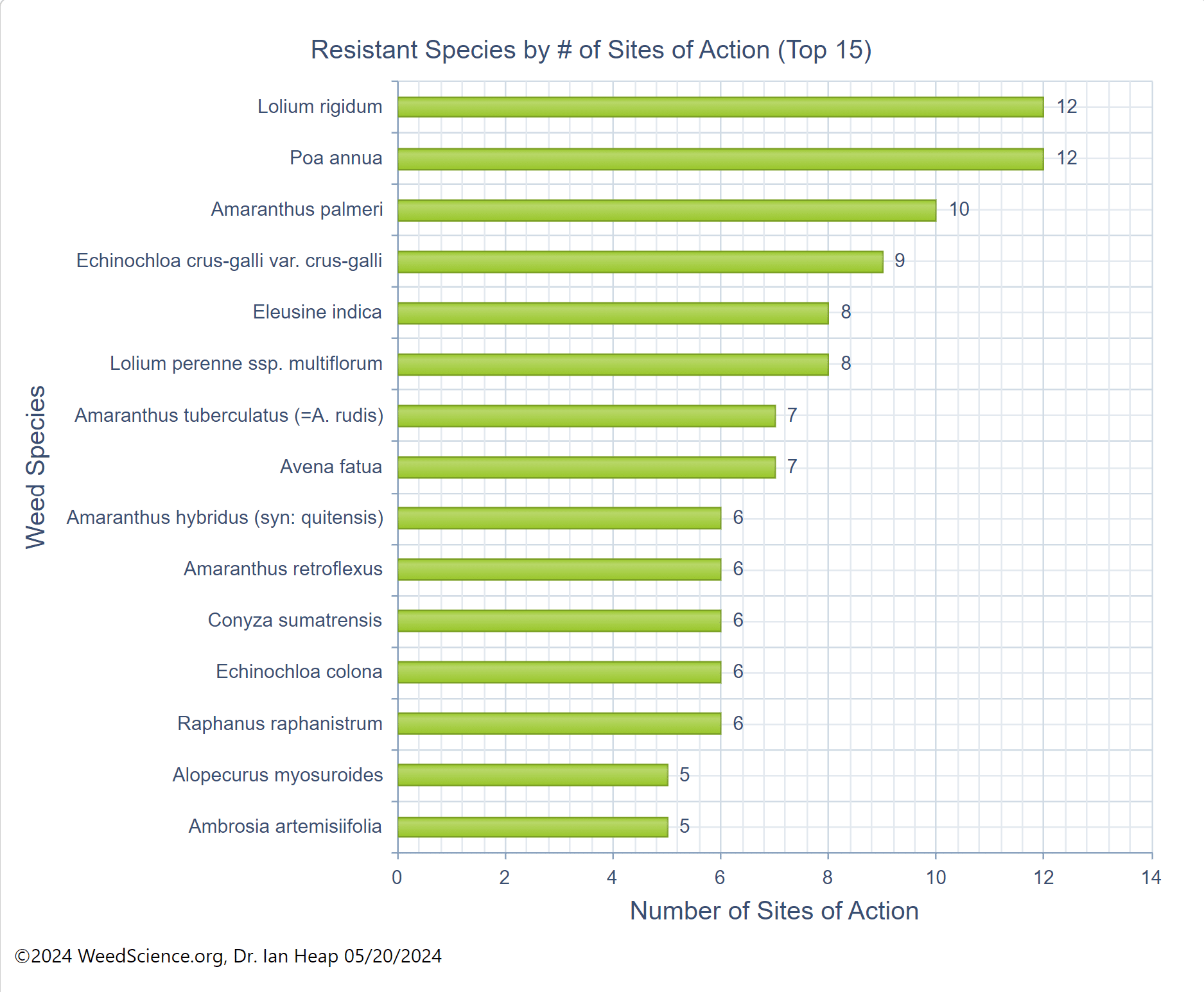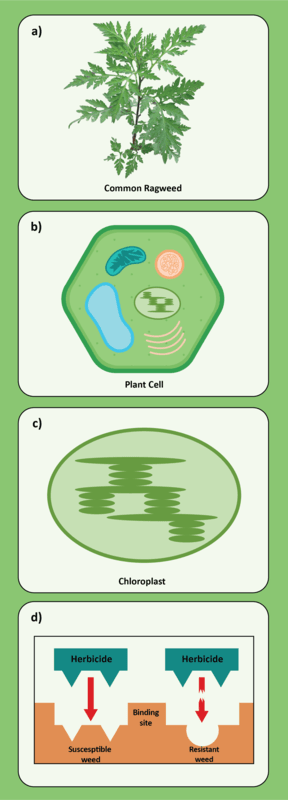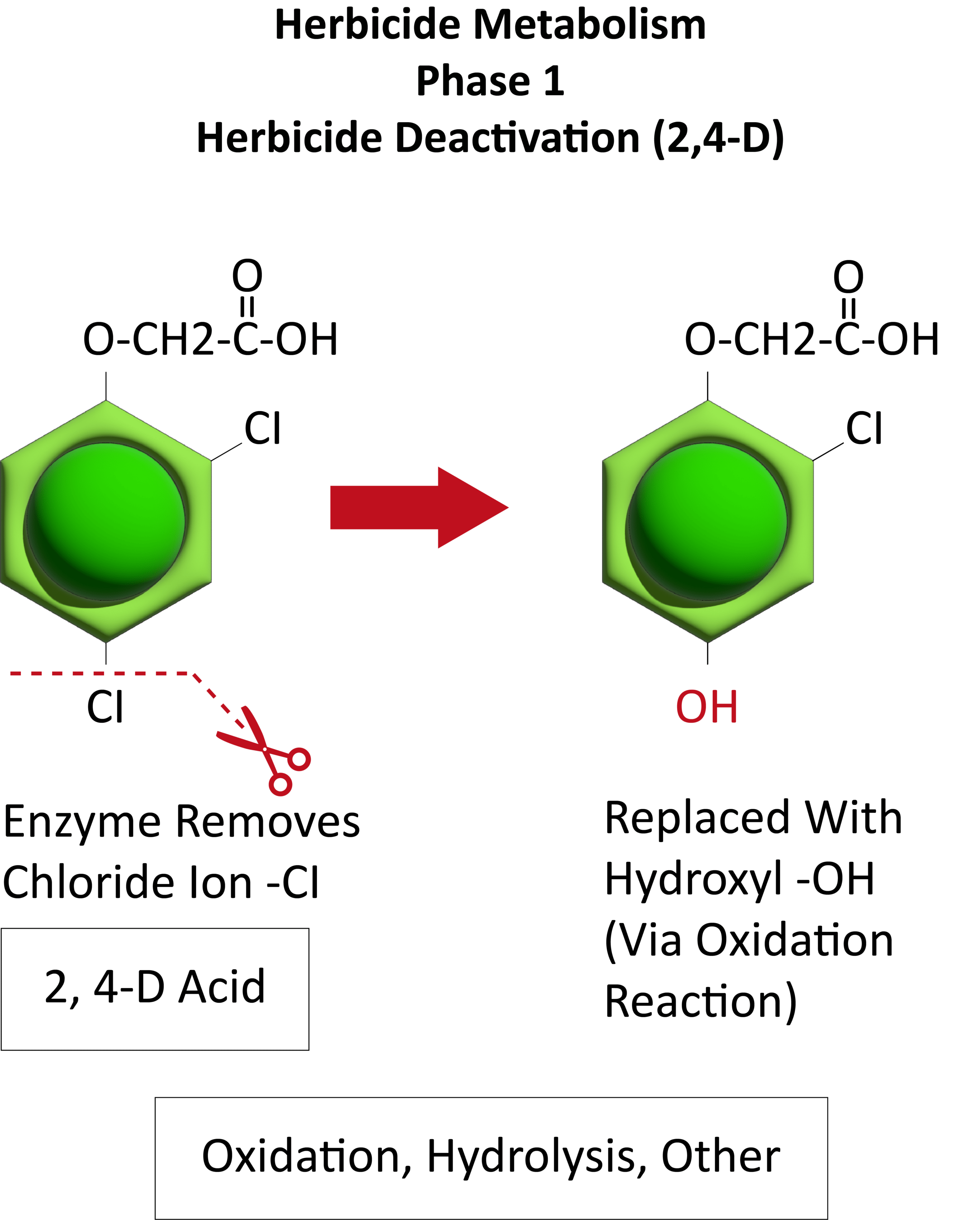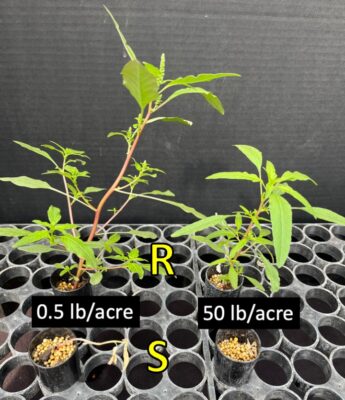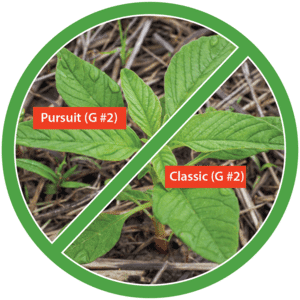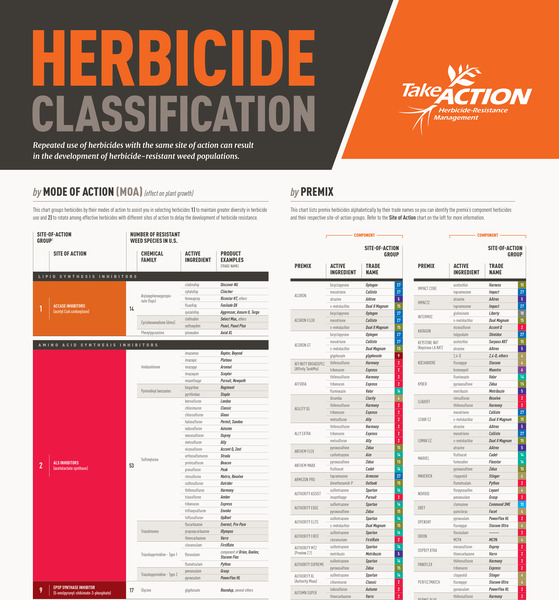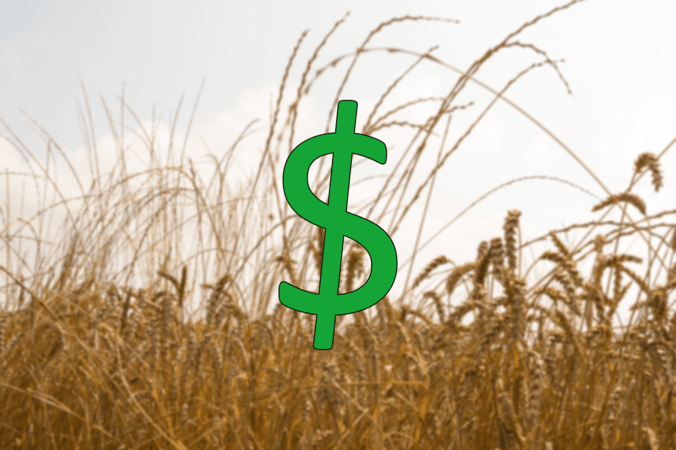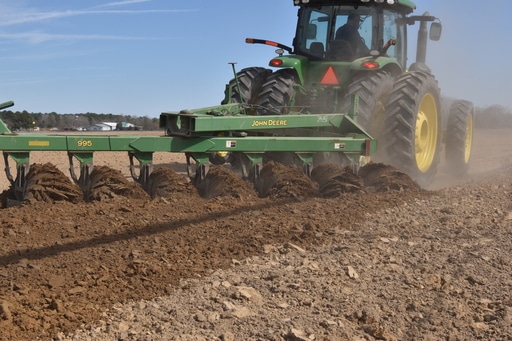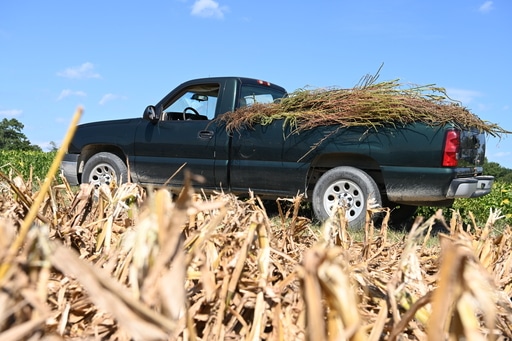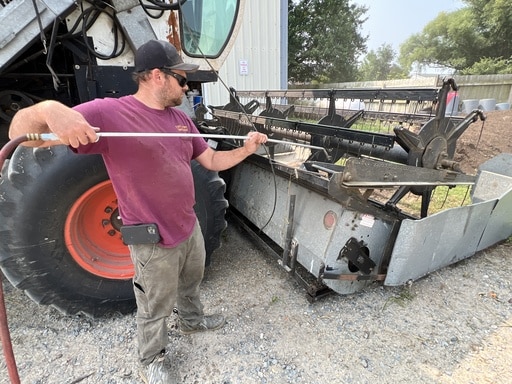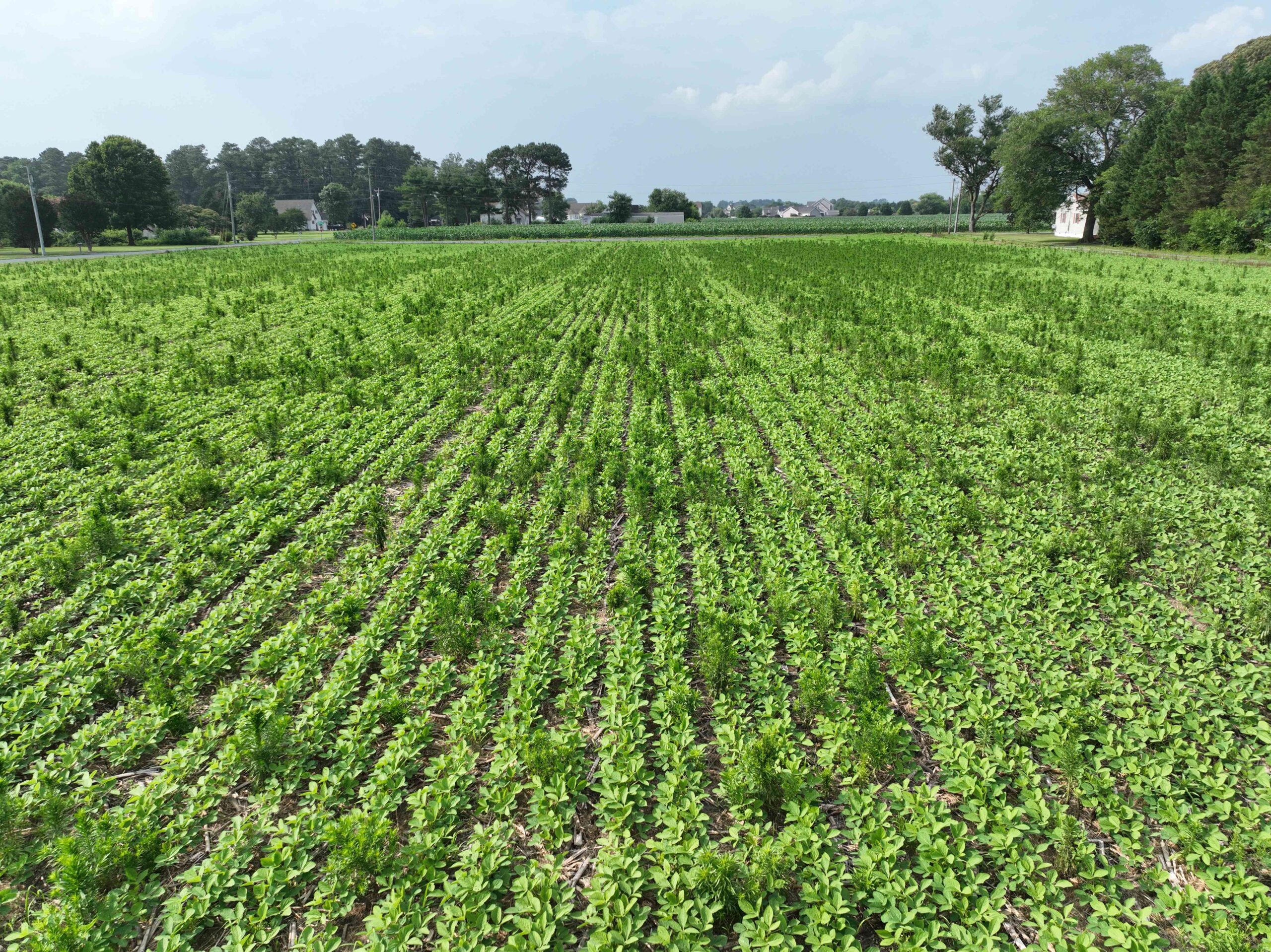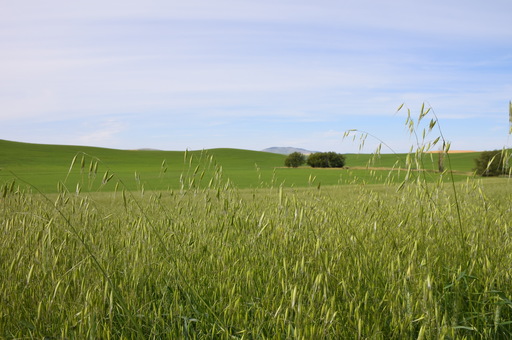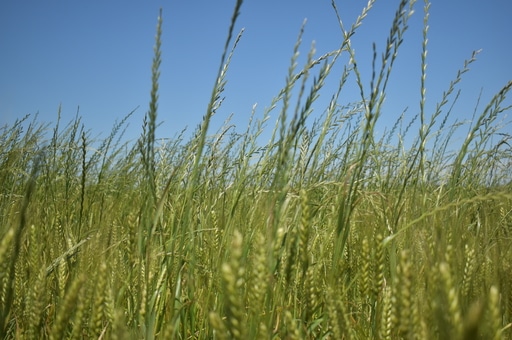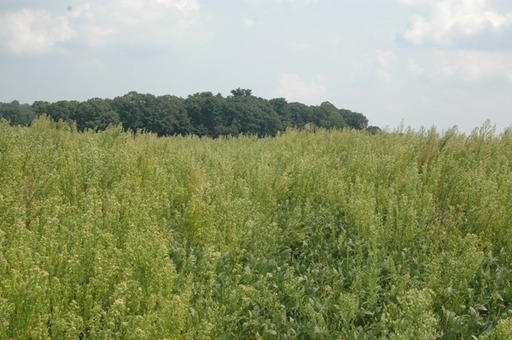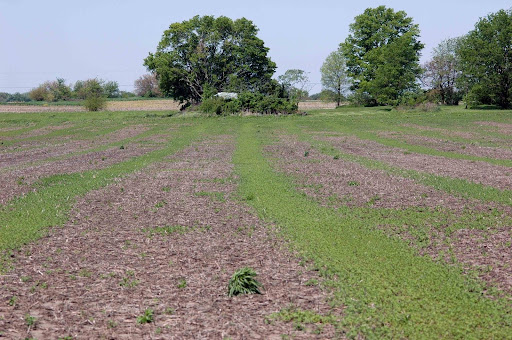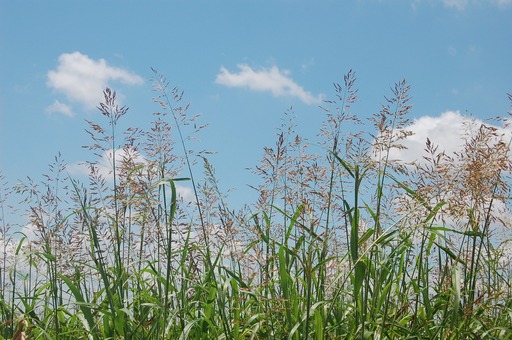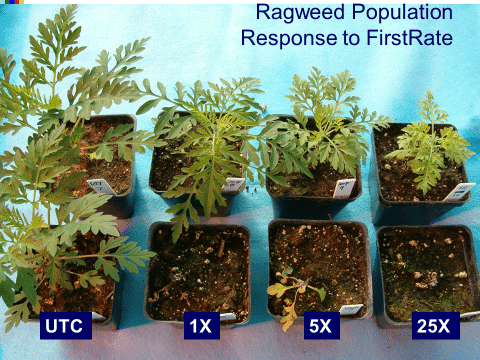Listen to this article above!
Cheat and cheatgrass ring true to their names – they sneak into wheatfields, grow alongside the grain and then rob farmers of winter wheat yields. To help farmers fight these troublesome grassy weeds, researchers recently published a study examining the best planting date, herbicide choice, and winter wheat variety selection for controlling cheat and cheatgrass (also known as downy brome).
Their research found that delaying wheat planting dates and applying ALS-inhibiting herbicides greatly reduced cheat and downy brome, but winter wheat yields suffered as planting dates got later, according to University of Georgia graduate student Hannah Lindell and her then-Oklahoma State advisor, weed scientist Dr. Misha Manuchehri. Winter wheat variety showed no effect on weed management, potentially due to sporadic weed pressure or the use of limited varieties.
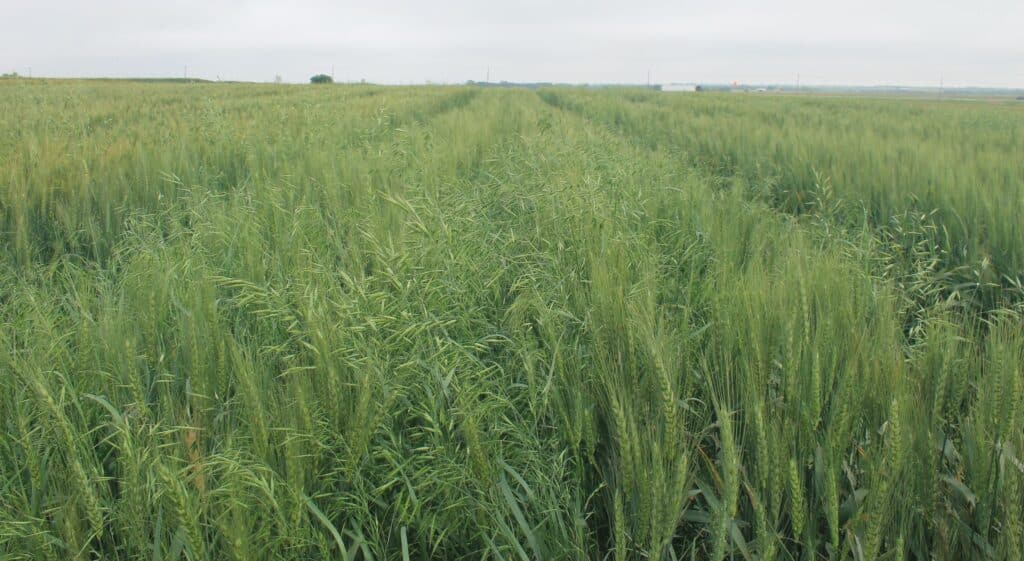
Don’t Delay in Planning Your Delayed Planting
Cheat and downy brome are particularly difficult to combat because they emerge with winter wheat, which explains why delaying planting can help farmers fight these pesky grasses. “Our worst weeds are those that mimic the crop cycle; it can be a challenge to successfully kill a weed that’s similar to the crop,” Manuchehri says.
Pushing back winter wheat’s planting date two to six weeks after the optimal planting window in the fall gives farmers more options to combat these weed species, Lindell and Manuchehri explain.
“If you are a producer who has a really high infestation of these grasses, you might want to think about delaying that planting date,” Lindell says. “That way you can spray a burndown herbicide or work ground a couple of times and get the first emergence of true cheat and downy brome grass.” Farmers risk injuring their winter wheat or stunting its growth by broadcasting ALS-inhibiting herbicides after planting.
From 2020 to 2021, downy brome biomass decreased by 90% after the delayed planting (two-to-three weeks after optimal window) and late planting (five-to-six weeks after optimal window) dates during the study period. Visual observations across both years found that cheat and downy brome control increased anywhere between 9% and 23% with the delayed and late planting dates compared to optimal timing ratings of 75%. Similarly, herbicide use (pyroxsulam or sulfosulfuron) decreased downy brome and cheat biomass by 98% when compared to no treatment plots.
Unfortunately, weather conditions can affect weed emergence timing and how much farmers can delay their winter wheat planting. Poor rainfall caused cheat and downy brome biomass to go unaffected in 2020 because the weeds’ emergence (and treatment) was delayed. Likewise, early winter freezes can throw a wrench in a farmer’s delayed planting plans and can damage late-planted stands. Planting winter wheat varieties that are more cold hardy could help negate cranky weather by allowing late-planted winter wheat to survive even if early freezes occur, according to Lindell and Manuchehri.
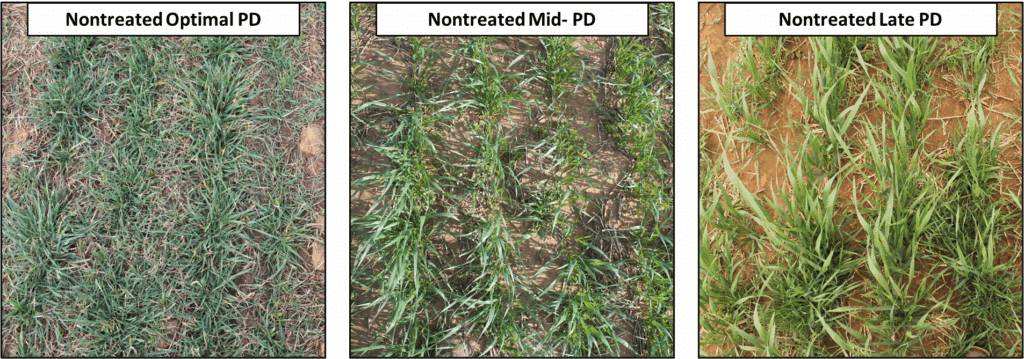
Delaying winter wheat planting can also reduce winter wheat yields. Lindell found that delayed planting resulted in a 14% yield decrease. Late planting resulted in a 21% yield decrease.
“You might see a slight decline in your feed yield if you were going to harvest it for grain, but there are a good chunk of producers who won’t harvest winter wheat for grain.” Lindell says of the Southern Great Plains region.
Outsmart the Cheater
There are many weed management tactics that farmers could use during the planting delay to fight cheat and downy brome.
Don’t rely solely on herbicide use, Lindell and Manuchehri warn. Downy brome and cheat already have exhibited resistance to ALS-herbicides, so farmers could intensify that problem by only using these herbicides. Other weed management methods such as precision spraying or tillage could help farmers combat downy brome and cheat without relying strictly on broadcasting herbicides.
Implementing crop rotations can also help disrupt the cheat and downy brome lifecycle, especially in farming operations that have previously been winter wheat monocultures.
Ultimately, pushing back winter wheat planting dates to tackle cheat and downy brome can decrease your weed seed banks in the long term. “When you delay planting, you are able to control that first flush and have fewer weeds contributing to the weed seed bank,” says Manuchehri.
Explore GROW’s website for more information on integrated weed management, cheat, and downy brome.
Article by Amy Sullivan, GROW; Header and feature photo by Hannah Lindell, University of Georgia.
